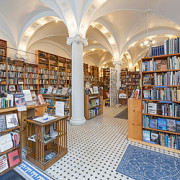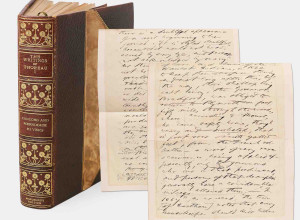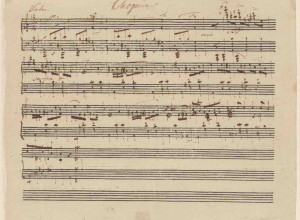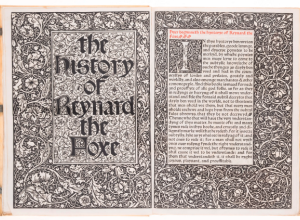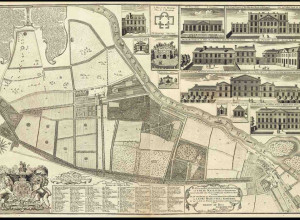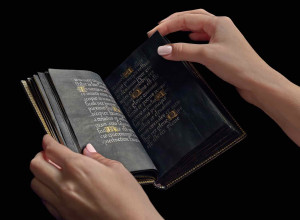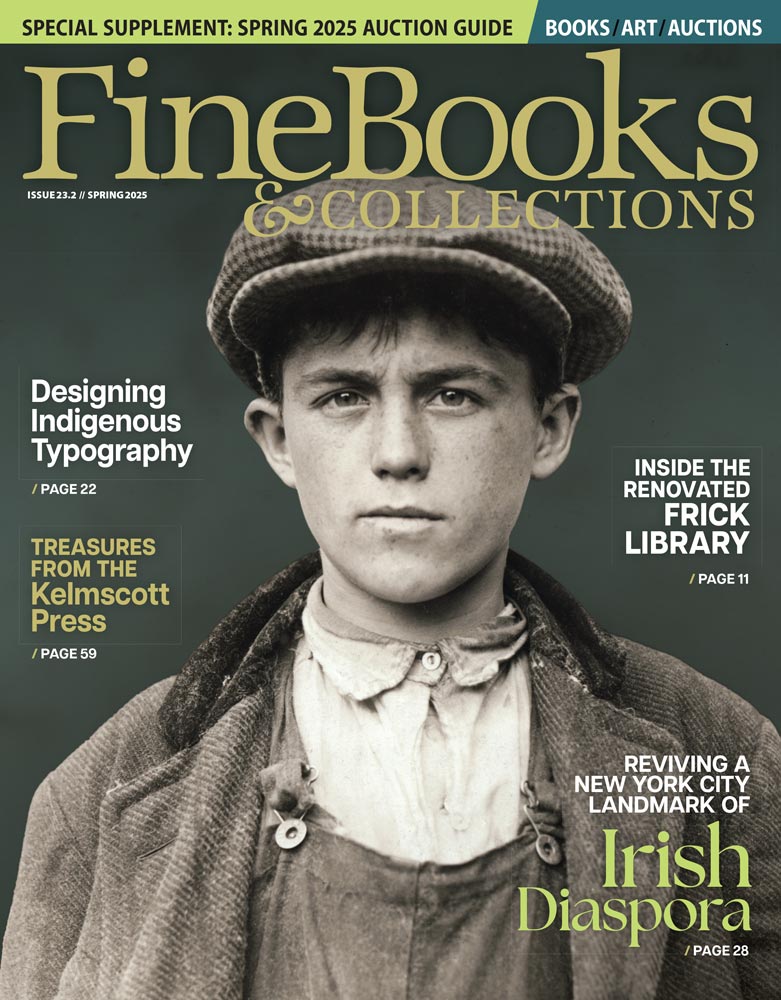Medieval Manuscripts Star in Cambridge University Medicine Exhibition
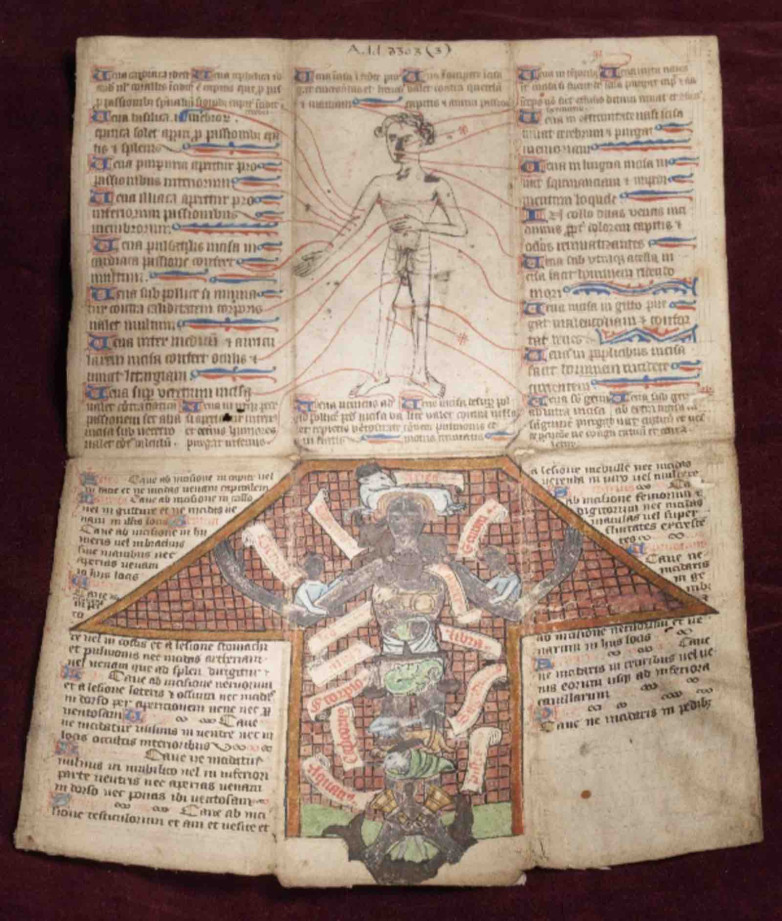
Vein Man and Zodiac Man
Health and disease in the medieval world and how our ancestors sought to cure everything from infertility to constipation is the focus of a major new exhibition opening tomorrow at Cambridge University Library.
Featuring dozens of medieval medical manuscripts, most on show for the first time, Curious Cures: Medicine in the Medieval World will transport visitors back to a time when unspeakable ingredients and questionable remedies rubbed shoulders with surprisingly complex theories about how the human body functioned. The exhibition is the culmination of a multi-year Wellcome-funded research project to digitise, catalogue and conserve 180 of Cambridge’s medieval medical manuscripts, which altogether contain more than 8,000 medical recipes.
Elaborately written manuscripts, pocket-sized recipe-books and medics’ case notes will be on display, drawn from the collections of the University Library and Cambridge’s historic colleges. Alongside these are rotating astronomical instruments, surgical diagrams, and some of the earliest anatomical images in western Europe. A particularly striking manuscript contains illustrations of ‘Vein Man’ and ‘Zodiac Man’, illuminating how medicine and astrology were entwined in medieval times.
“Medicine in the medieval period wasn’t simply superstition or blind trial-and-error," said exhibition curator and medieval manuscripts specialist Dr James Freeman, "it was guided by elaborate and sophisticated ideas about the body and the influence upon it of the wider world and even the cosmos. The wide variety of manuscripts in Curious Cures also shows us that medicine wasn't practised just by university-educated physicians, but by monks and friars, by surgeons and their apprentices, by apothecaries and herbalists, by midwives, and by women and men in their own homes.”
One of the most beautiful manuscripts on display belonged to Elizabeth of York, Queen of England, wife of Henry VII and mother of Henry VIII. This richly illuminated book contains a copy of the Régime du corps, a guide to healthy living originally composed 200 years earlier for a French noblewoman by her personal physician. It was written in French, and spread quickly across western Europe. Each of the short, topic-based chapters begins with a painted scene that illustrates the subject.
This guide summarises the advice of the most respected medical authorities, offering guidance on maintaining health in every aspect of life. Unsurprisingly, given its intended readership, it contains chapters dedicated to women's health, in particular, courtship and sex, fertility and pregnancy, childbirth and caring for newborns.
“Such a detailed health regime was out of reach for all but the most wealthy," said Dr Freeman. "However, the medical recipes that were added later at the back of the book use the same spices and common herbs that are found time and time again in more common recipe books. There is even a recipe for a laxative powder."
Other highlights include:
- an English surgeon's illustrated guide to operating on anal fistulas
- a cure for lice that uses mercury mixed with apple sauce
- instructions on how to restore a person’s health by letting blood from their veins
Many of the manuscripts contain charms and rituals alongside herbal remedies, as well as instructions on how to make amulets to protect a person’s health. Even university-educated physicians showed an interest in incorporating magic into their medical practice.
Testimony in one 15th century manuscript records how a friar at Stamford was cured of his nosebleeds by dipping his testicles into cold water and vinegar. Another records the apparently successful treatment of a man in Cambridge in 1474, after he had suffered for a year from severe gonorrhoeal discharge. The creator of this latter cure, John Argentine, had studied at King’s College in Cambridge and served as physician to Edward IV, Richard III, Henry VII and his son Prince Arthur.
Another 15th century manuscript was compiled by a Carmelite friar and contained nearly 200 remedies for various ailments that he gathered from many different sources. It includes a rather unusual cure for infertility (translated from Latin):
“A true medicine, and often proven, so that a woman may conceive however sterile she may be. Take three or four weasel testicles and half a handful of young mouse-ear [a plant] and burn it all equally in an earthenware pot. Afterwards, grind and combine with the juice of the aforementioned herb, and thus make soft pills in the manner of a hazelnut kernel, and place them so deeply in the private parts that they touch the uterus, and leave there for three days, during which she should abstain entirely from sex. After these three days however, she should have intercourse with a man and she should conceive without delay.”
As well as exploring medical theories and treatments, Curious Cures touches upon how people confronted their own mortality. One of the highlights of the exhibition is an early printed edition of the Ars moriendi which tells its reader how to prepare for the end of their lives by repenting their sins and resisting deathbed temptations. It opens with a scene of a man on his deathbed, surrounded by friends and family, and attended by his priest and his physician.
Curious Cures: Medicine in the Medieval World runs through December 6.





